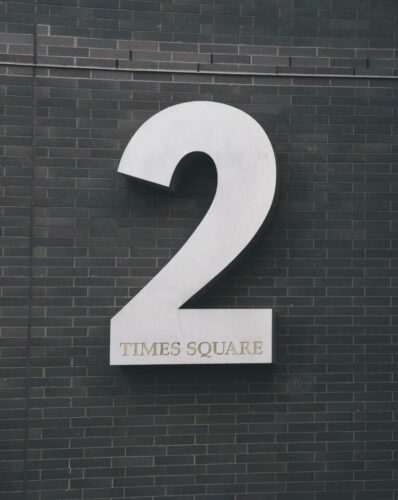
“beginning to capture ideas
ideate
To IDEATE is the 2nd step in the Design Process
To develop a problem-based project, as required for some of the large-scale projects in the DFA to FYC, students had to progress from DEFINING content (the problem or issue) to thinking about how it would take shape in a material thing. Students had to conceptualize individual elements and features as part of a larger work. This step in the process was much like brainstorming in a more traditional sense of writing. It was foundational work and the very beginnings of capturing students’ ideas. What ideas did they have for their projects? How did they want to address the problem or issue they had defined? Why was their work purposeful? for what audience?
Design Journals 1 & 2 provided the space for students to work on DEFINING the problem or issue as well as developing project plans. sometimes, a student had an idea for one part or one small aspect as part of their project, but the project altogether was not clear. The prompts in the design journals, asked students to think about possibilities. they could also look to other artifacts around them (especially digital materials) as sources of inspiration. Then, they could gather various elements and features from these existing artifacts to generate more ideas for their project. For students that had more clarity about the final product, DJ-2 could also function as a storyboard to illustrate different aspects of the project.
Because the design process is non-linear, the thinking students performed in their design journal entries was sometimes redundant and seemingly “out of order.” However, the Design thinking in DEFINING and IDEATING were in fact distinct from one another in that ideation took the definitions of the problem or issue and determined what to do with it- much like a ceramist holds a small portion of wet clay in their hands for making a mug, then thinks about the many ways they might mold its handle for functional use. It may also be possible for that same ceramist to have already molded a mug handle that they soon realize is not easy for large handed users and requires redesigning. So, the ceramist moves back and forth between identifying a problem(s) and looking to other ways the same problem has been tackled. Is there an idea or guide to use?